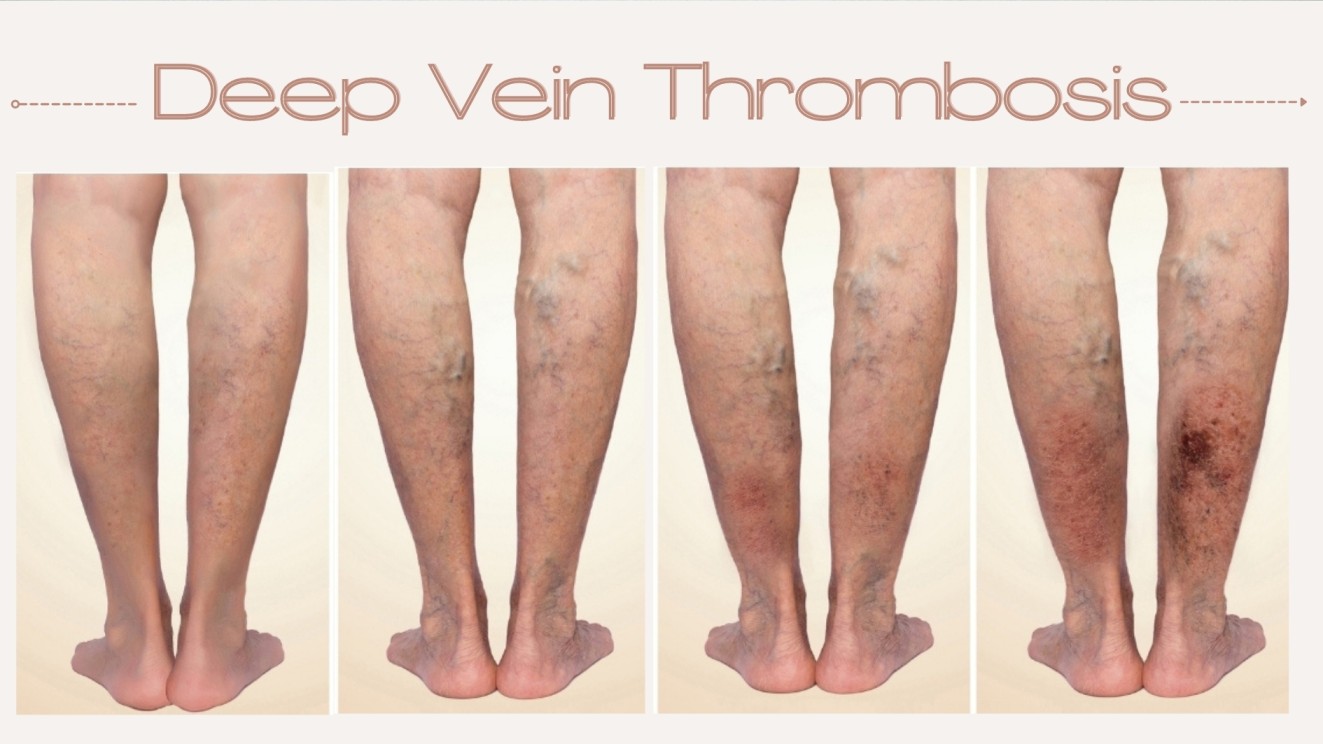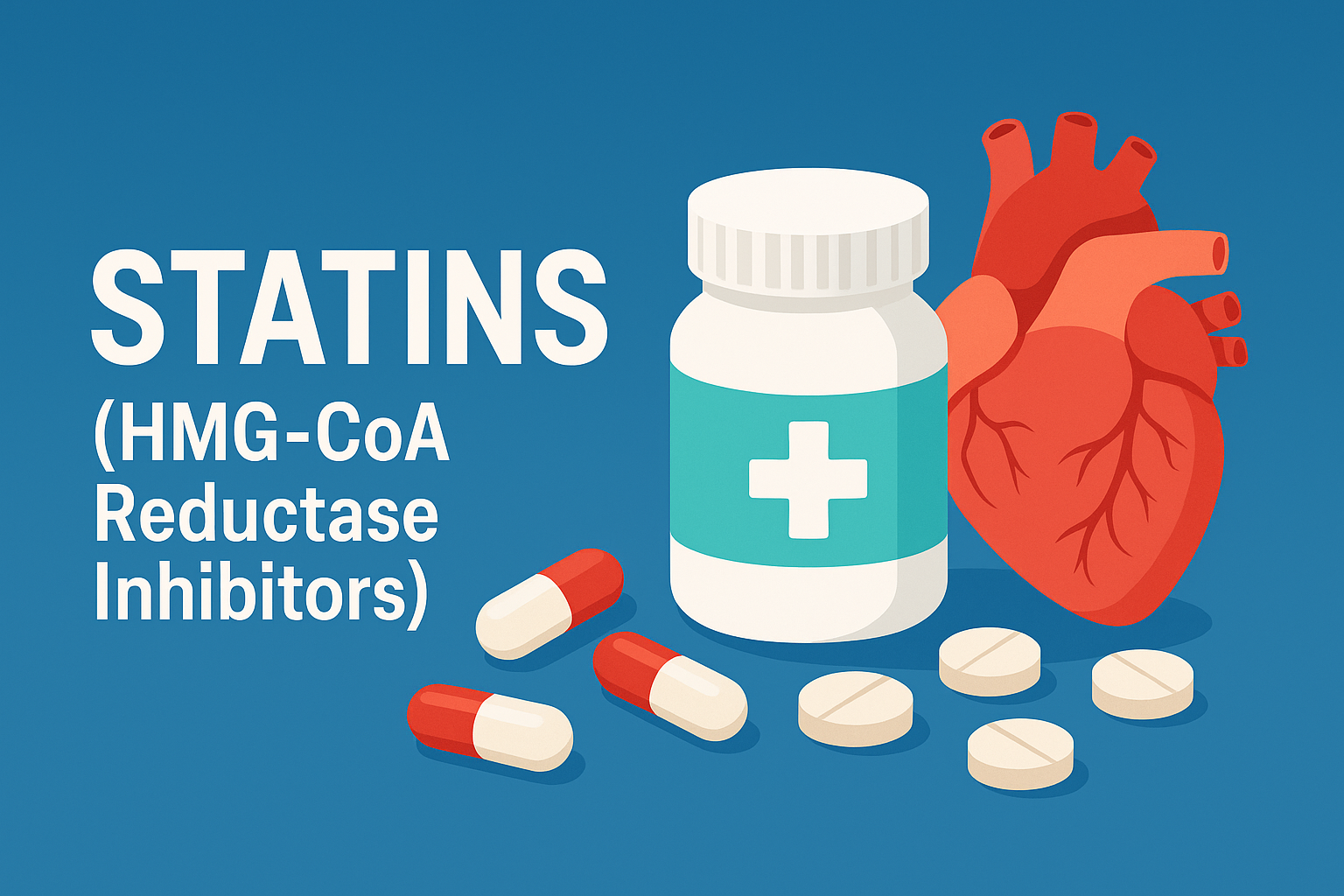Blood clotting or coagulation that’s known as thrombosis is an intravascular coagulation of blood that usually lead to interruption of blood flow.
Thrombosis can be defined as the process of formation of solid mass in circulation from the constituents of flowing blood; the mass itself is called a thrombus.
Embolus is a clot that break off and travel to another part of the body through blood vessels, this process is called embolism.
Thrombosis is mainly of 2 types:
The development of a Thrombus is related to one or more components of the Virchow triad, which include:
Venous thrombus is related to conditions that cause stasis of blood flow with increased concentrations of coagulation factors. Venous thrombosis may be caused by:
While arterial thrombus is associated with conditions that produce turbulent blood flow and platelet adherence.
High Risk for Thrombosis include:
The most common treatment used for mangment of thrombosis is by administration of an anticoagulant medication, specially:
1. British Medical Association (2015). British Medical Association new guide to medicine & drugs. London: Dorling Kindersley.
2. Harsh Mohan/ Textbook of pathology/ 6th edition/ New Delhi, India/ Jaypee Brothers Medical Publishers/ 2010
3. Mary Elizabeth Peyton Gupta/ Board Review Series BRS/ 5th edition/ United States/ Wolters Kluwer Health/ 2014
4. Vinay Kumar, Abul K. Abbas, Jon C. Aster/ Robbins Basic Pathology/ 9th edition/philadephia, United states/ Elsevier-Health sciences Divition/ 2012
5. Klatt, E.C. and Kumar, V. (2015). Robbins and Cotran review of pathology. Philadelphia, Pa: Elsevier Saunders.
Deep vein thrombosis (DVT) is serious disorder occur as a result of clots formation within the deep veins. DVT most commonly occurs in the lower extremities

Pulmonary embolism (PE) is a total or partial occlusion of one or more pulmonary arteries, which often arising from deep vein thrombosis (DVT).

The urethra is a muscular canal that extends from the neck of the bladder to the exterior of body. Read more about the anatomy of urethra in this article.

Chronic kidney disease (CKD) is a disease in which irreversible damage to the kidneys leads to a reduction in kidney function. CKD has 5 stages and many complications.

Learn about medical uses, safety profile, mechanisms and interactions of statins.

Comprehensive guide on Ozempic (semaglutide), including its uses, dosage, side effects, warnings, and interactions.
.png)
Choose what we can use. Strictly necessary and security cookies are always on.